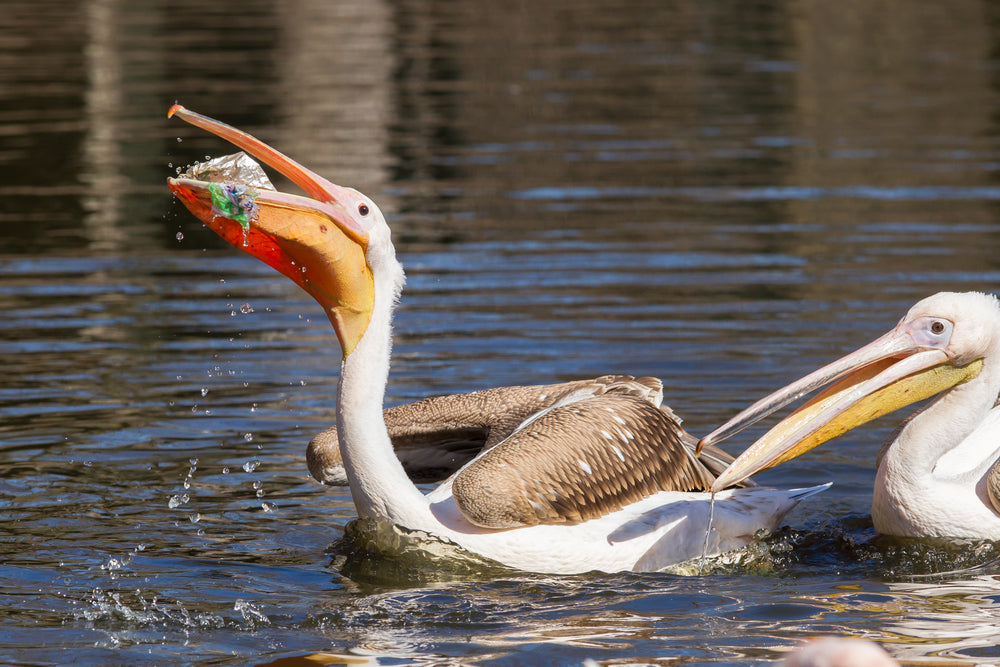The Impact of Litter on Wildlife and Ways to Mitigate It
Posted by Securr Blogger on
Litter, though unsightly in parks and natural landscapes, extends beyond aesthetics, casting a shadow over more than just picturesque park views. In reality, litter poses significant threats to wildlife. Even with diligent waste disposal by park visitors, wind-blown debris from nearby trash receptacles can find its way into these areas, compounding challenges for the local wildlife. Tackling this issue begins with comprehending how litter interfaces with the natural world.
The Adverse Effects on Wildlife
Diverse forms of litter have the potential to wreak havoc on wildlife. Noteworthy instances include:
1. Waterfowl ensnared by discarded fishing lines around their extremities.
2. Birds afflicted by fishhooks lodged in their throats.
3. Lead poisoning in birds due to inadvertent ingestion of small lead fishing weights.
4. Mammals suffering from lacerations caused by shattered glass.
5. Small creatures trapped within unbroken containers like bottles, cans, and jars.
6. Mammals, birds, and fish entrapped by plastic six-pack rings.
Frequently, animals inadvertently employ litter in ways detrimental to their well-being. Food waste, for instance, proves particularly problematic when consumed by wildlife. Such items typically lack nutritional value and can even result in fatality. This holds especially true for deer, which are lured by bread and confections despite the detrimental effects of flour-based foods forming a sticky mass in their stomachs, impeding digestion and potentially leading to demise. Similarly, microorganisms present in discarded food contribute to food poisoning. Beyond the immediate concerns, dispensing food waste to animals impedes their self-sufficiency during food shortages.
Safeguarding Animals from Trash
Taking measures to reduce personal waste output is essential in safeguarding animals from litter. Opting for reusable water bottles and containers considerably curtails annual waste generation. When disposing of containers, securing lids beforehand prevents animal entrapment. For plastic six-pack holders, severing the rings precludes them from becoming traps.
For enhanced wildlife protection, assessing the products used to ascertain excessive packaging is advisable. Engaging with companies to encourage packaging reduction can catalyze change. In the absence of a resolution, exploring eco-friendly alternatives is a viable choice.
Moreover, implementing animal-resistant trash bins and recycling units contributes to shielding wildlife from litter. This not only prevents animals from accessing harmful items but also curtails trash dispersion, maintaining property cleanliness and averting conflicts with neighboring wildlife.
Ultimately, combating the repercussions of litter on wildlife demands a concerted effort to minimize waste and implement responsible disposal practices. By adopting eco-conscious behaviors, individuals can foster an environment where nature and wildlife coexist harmoniously.

